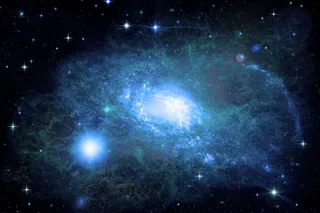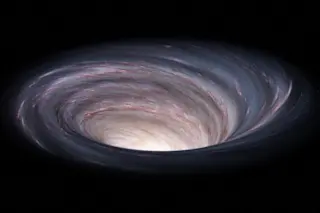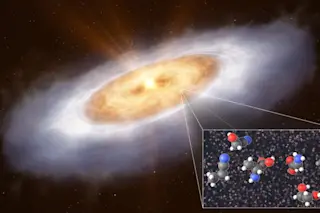By observing a complex dance of stars, astronomers have come up with a new explanation for why exotic Be stars - B-type stars that show emission lines - have their own Saturn-like rings.
Conventional wisdom states Be stars are locked in orbit of another star, in a so-called binary system. Forces from the second star cause the Be star to rotate quickly and sling material out into a ring. But the new study questions this explanation.
The team drew on data from the European Space Agency’s Gaia satellite, which has toiled to build a precise 3D model of the Milky Way Galaxy. Along the way, it has observed Be stars over months and even years and tracked their movements.
“If a star moves in a straight line, we know there’s just one star,” said co-author Jonathan Dodd, a Ph.D. student from the University of Leeds, in a statement. “But if ...














